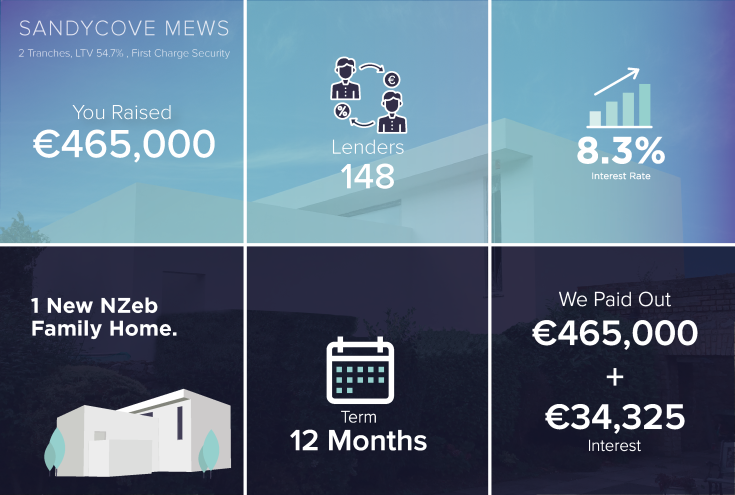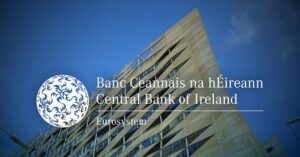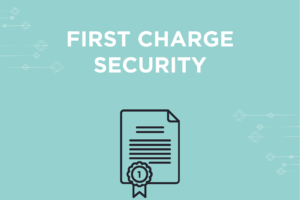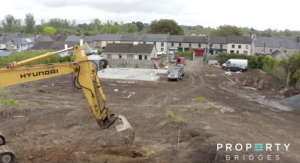
Purpose of this Case Study
The purpose of this case study is to provide an overview of how a typical loan process works, using the example of our previous loans in Sandycove which was a Mews Development. This case study covers the process of Due Diligence, Site Visits, Loan Overviews and Investor Insights.


Loan Overview
A total of 146 private investors invested to raise the total loan amount of €465,000.00 and upon completion of the development, received back the total loan plus €34,325 in accrued interest. This was raised in two tranches; €250,000 in tranche A and €215,000 in tranche B. A full security package was made available to the investors for viewing prior to investment on the platform.
The Borrower received these funds in staged payments as the development progressed for work done in arrears, as certified by the QS/Project Manager. Property Bridges visited the site to assess the progress of the development prior to each tranche being drawn and at regular intervals.
Loan Summary
- Tranche 1 amount – €250,000
- Interest rate – 8.5% p.a.
- Term – 12 months
- Security – First Legal Charge
- LTGDV – 54.7%
Loan Summary
- Tranche 2 amount – €215,000
- Interest rate – 8% p.a.
- Term – 7 months (minimum 4 months)
- Security – First Legal Charge
- LTGDV – 54.7%
Due diligence and Security
The first step of Property Bridge’s due diligence process seeks a red book valuation of the proposed development before any issuance of loans. In this case, the development site was valued at €350,000 with the sales price estimated at €850,000 when completed and the rent estimated at €4,000 per month. In tandem, Property Bridges seeks the services of a third-party surveyor to verify that the development proposal is economically viable. Finally, Property Bridges has our selected solicitors, AMOSS, confirm that the title is clean and the proposed property is lien free.
Once the due diligence process is completed, the loan is secured by a first legal charge against the development site as is mandatory on our loans issued. Furthermore, the loan-to-value (“LTV”) of the property cannot exceed 70%. In layman’s terms, this means that Property Bridges is protected by a drop in value of up to 30%. In this scenario, the LTV was 54% and hence offered a 46% buffer in the unlikely event of a market slow down.
Repayment and Exit
The repayment of the facility and interest accrued happened on the completion of the 12-month term and was agreed by either by way of a sale of the completed property, or a refinance by the Borrower. Both options were made available, as the Borrower wished to consider retaining the property in the long term and as such, wished to try and source a long-term commercial mortgage for the property once complete. If this was not forthcoming, they would have been obliged to market the property at a minimum of €850,000.
Property & Construction
The construction period was estimated to be 8 months, therefore affording the Borrower 4 months to exit the facility.


